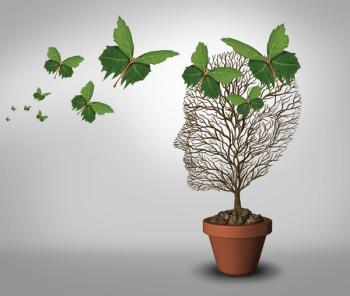
No one has precise data about how many Americans receive ECT each year, let alone how many treatments each patients receives or how closely providers space treatments. This is a troubling dilemma, according to the authors.

No one has precise data about how many Americans receive ECT each year, let alone how many treatments each patients receives or how closely providers space treatments. This is a troubling dilemma, according to the authors.

If patients decline electroconvulsive therapy, psychiatrists still have many good options.

This new FDA order now allows patients who need and want ECT, as well as practitioners who perform it, to breathe a sigh of relief.
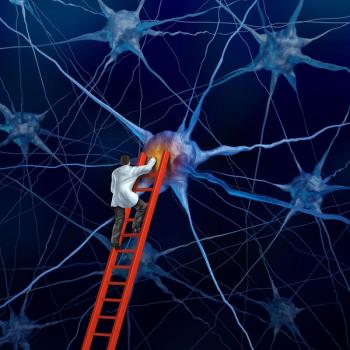
Given the severe burden, grave suffering, and lack of remission with standard therapeutics in many patients with PTSD, preliminary data on the role of ECT seems promising.
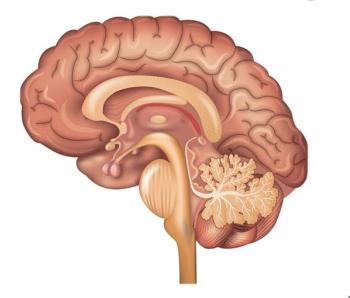
The recent increase in suicides highlights the urgent need for better treatment of severe depression. ECT is an intervention proven to reduce suicidality, yet it is underused because of the associated stigma.
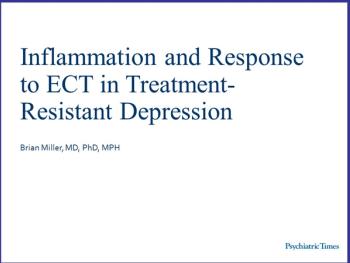
ECT is a highly effective treatment for depression, but a portion of patients fail to respond as hoped. Clinical variables have overall limited utility as a predictor of response. Is inflammation the key?
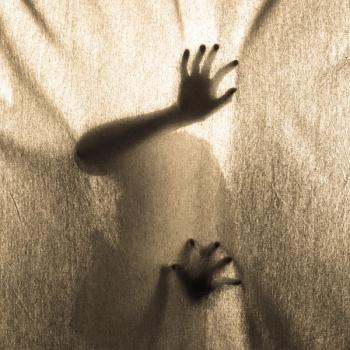
ECT has been found effective in mitigating the deleterious consequences of SIB.

It’s an FDA approved technology, but what exactly is TMS and why should you be aware of it?
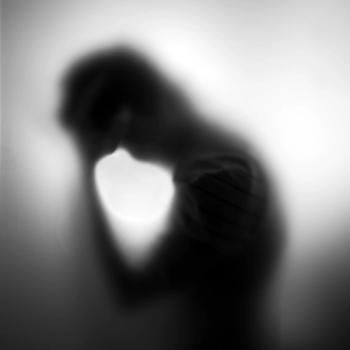
For ethical and economic reasons, when patients are acutely ill with catatonia and melancholia, ECT is best considered sooner rather than later.
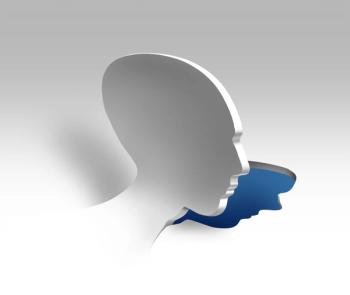
The author interviews Jonathan Sadowsky, PhD, historian of psychiatry, about his book Electroconvulsive Therapy in America: The Anatomy of a Medical Controversy.
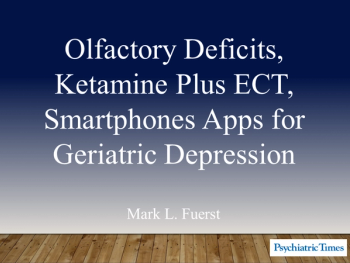
The latest news in geriatric psychiatry covers olfactory deficits in cognitively impaired patients, a smartphone app for older adults with serious mental illness, and adjunctive ketamine for late-life depression.

Among patients with treatment-resistant MDD, transcranial magnetic stimulation wins the popular vote.
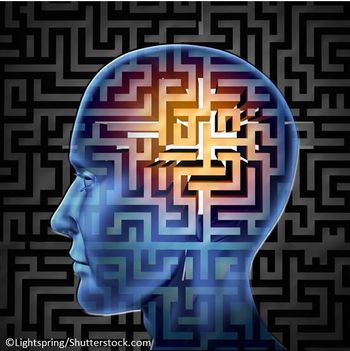
ECT has been an acute intervention for patients with severe resistant MDD, but what is its effect on brain volume?
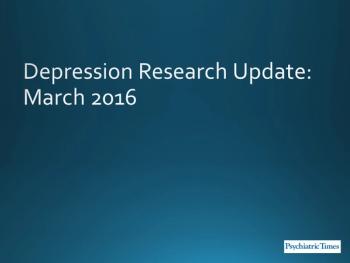
The guidelines and research discussed in this slideshow assess the benefits of various therapies for depressive disorders.

The author scrutinizes the results of a new pilot study that finds the Fisher Wallace Stimulator® effective in treating bipolar depression.
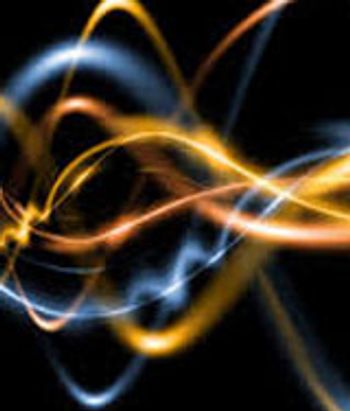
Simply telling patients “we don’t know how ECT works” neglects our abundant knowledge of what this treatment does. The authors review biological actions of ECT and discuss future directions for research.

This review covers recent advances in ECT technique, post-ECT management, and theories of mechanism of action. It will focus on the use of ECT in depression, the most common indication for ECT in clinical practice.

What role might electroconvulsive therapy play for short-term treatment of agitation and aggression in patients with dementia?
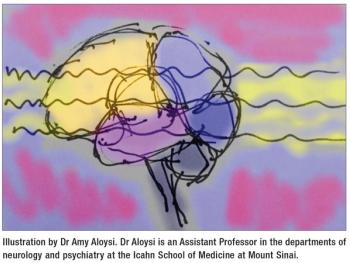
Some recent breakthroughs, using newly developed neuroscience investigational tools, suggest that if research resources are available, we could soon make substantial advances in understanding the mechanism of action of ECT.
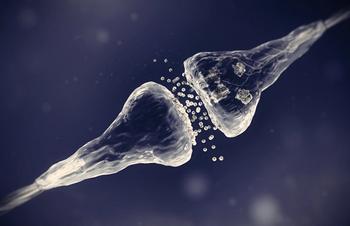
We have medications that can affect serotonin, norepinephrine, and-to a lesser extent-dopamine. Many other neurotransmitters are involved with mood disorders, but we have no medications yet to target them. Neurostimulation offers a non-systemic somatic approach to depression, often with an improved side effect profile. More in this Q&A.

Compared with healthy controls, is the prevalence of EEG abnormalities in psychiatric patients different than in healthy controls? Take the quiz and learn more.

Cranial electrotherapy devices, soon to be only home-use device approved to treat depression, can be an essential adjunctive treatment to standard modalities of care for soldiers and veterans, says this psychiatrist.
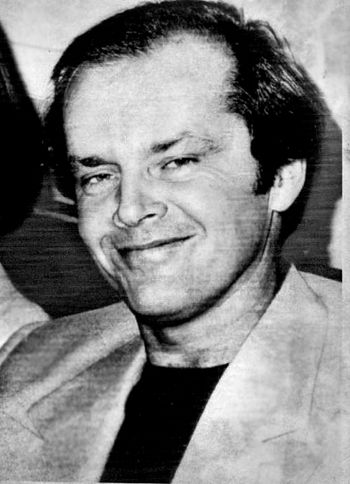
More than 50 years have passed since One Flew Over the Cuckoo’s Nest was published, and almost 40 years since the movie was released, but the issues seem as relevant today as they were back then. If you haven’t seen the film or have forgotten what you saw, see it again as soon as you can. Here's why.

The authors review the clinical use of ketamine as the anesthetic induction agent in ECT and discuss the evidence that it augments antidepressant response and reduces cognitive adverse effects.

A reexamination of flurothyl infusions holds promise for improved resolution of severe mood disorders, as well as for a greater understanding of the mechanism of their pathophysiology.